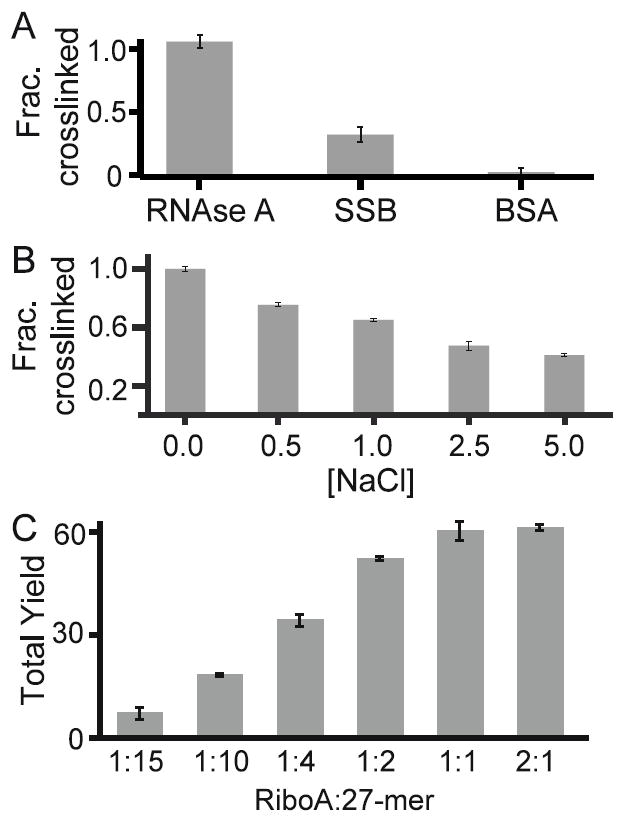Figure 4. Effect of binding on DNA-protein crosslinking.

To determine the importance of binding on DNA-protein crosslink formation, two experiments were conducted. (A) The tendency of RNAse A, SSB, and BSA to form crosslinks are shown. RNase A and SSB utilize non-specific binding modes, while BSA does not bind to DNA. Crosslink yield for SSB and BSA relative to RNAse A is 31% and 3.4%, respectively. (B) Addition of NaCl is known to interrupt RNAse A:DNA binding. Increasing concentrations of NaCl result in decreasing formation of DNA-protein crosslinks. (C) Increasing ratios of Ribonuclease A to DNA lead to greater crosslink yields.
